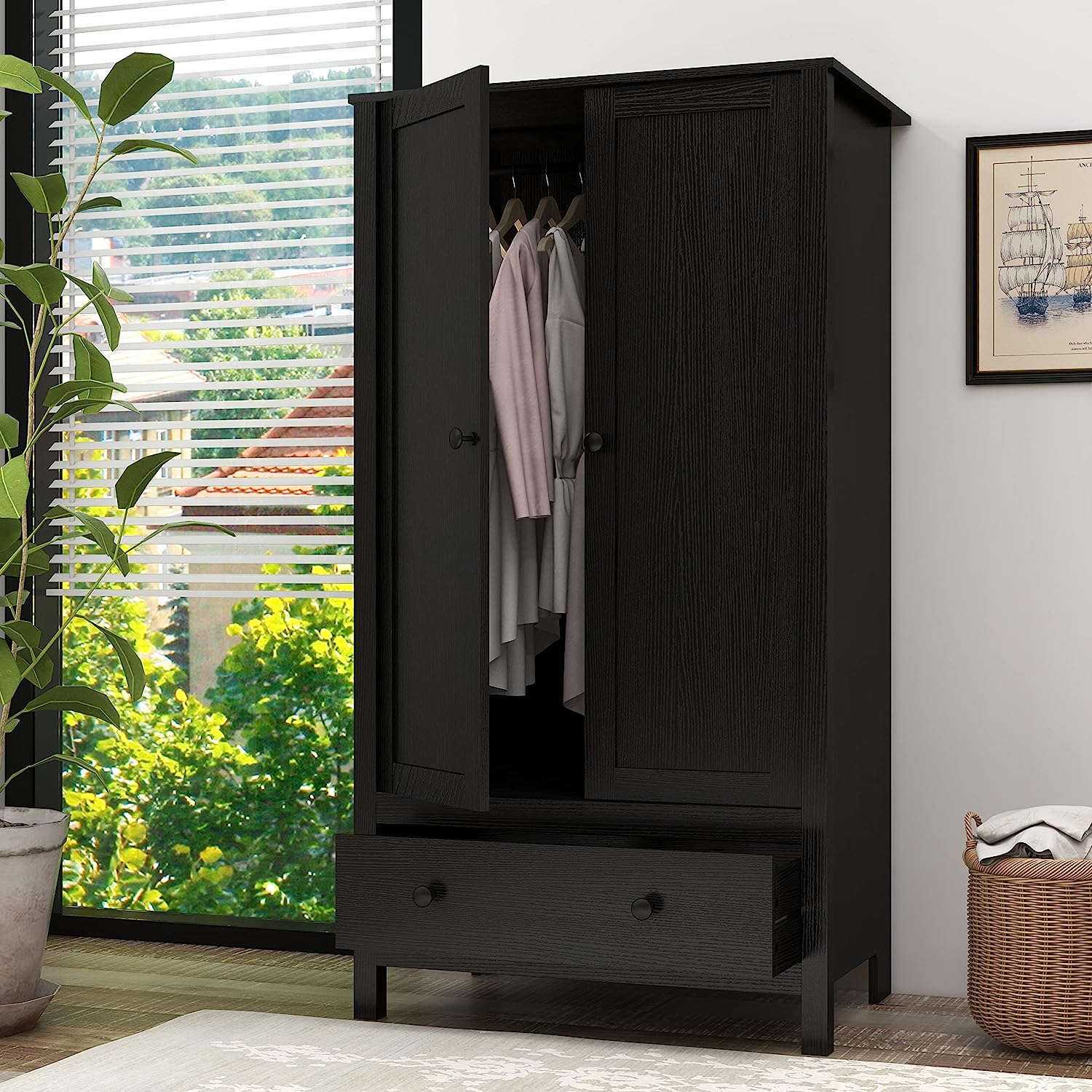

Articles
How To Organize A Bedroom Closet
Modified: February 26, 2024
Discover effective tips and tricks for maximizing bedroom storage with our ultimate guide on how to organize a bedroom closet. Transform your cluttered space into a functional and tidy sanctuary.
(Many of the links in this article redirect to a specific reviewed product. Your purchase of these products through affiliate links helps to generate commission for Storables.com, at no extra cost. Learn more)
Introduction
Welcome to the ultimate guide on how to organize your bedroom closet! A well-organized and clutter-free closet can make a huge difference in your daily life. By optimizing your bedroom storage, you will be able to find your clothes and accessories easily, save time getting ready, and create a serene and relaxing space.
However, we understand that organizing a bedroom closet can be a daunting task. Where do you start? What storage solutions should you use? Fear not! In this comprehensive guide, we will walk you through the step-by-step process of transforming your bedroom closet into a functional and beautiful storage space.
Are you ready to take on the challenge? Let’s get started with step one: decluttering your closet.
Key Takeaways:
- Decluttering is the foundation of an organized closet. Use the “hanger trick,” categorize items, and regularly reassess to maintain a clutter-free space and easily find what you need.
- Create a functional layout by prioritizing frequently used items, maximizing vertical space, and utilizing organizing tools. Regular maintenance and mindful shopping habits are key to sustaining an organized closet.
Read more: How To Organize A Bedroom With No Closet
Step 1: Decluttering your closet
The first and most important step in organizing your bedroom closet is decluttering. It’s time to let go of those items that you no longer wear or need. Not only will this create more space in your closet, but it will also make it easier to find the things you actually use and love.
Start by emptying your entire closet and sorting everything into three piles: keep, donate/sell, and toss. Be ruthless when making decisions about what to keep. Ask yourself if you’ve worn the item in the past year, if it still fits you well, and if you genuinely love it. If the answer is no, it’s time to part ways.
As you go through each item, consider donating or selling clothes that are in good condition but no longer serve you. This not only helps someone in need but also allows you to recoup some of the costs. For items that are damaged or worn out, it’s best to toss them.
Once you’ve cleared out the unnecessary items, it’s time to organize what’s left. Sort your clothes by category, such as shirts, pants, dresses, etc. This will make it easier to find specific items when you need them.
If you find it challenging to let go of certain items, try the “hanger trick.” Reverse all your hangers at the beginning of the year and, as you wear each item, hang it back up the correct way. By the end of the year, you’ll easily be able to see which clothes you haven’t worn and can confidently remove them from your closet.
Remember, decluttering is an ongoing process. Make it a habit to reassess your closet regularly and remove items that no longer serve you. This will help you maintain an organized and clutter-free space.
Now that your closet is decluttered and ready for organizing, let’s move on to step two: sorting and categorizing your items.
Step 2: Sorting and categorizing your items
Now that you’ve decluttered your closet, it’s time to sort and categorize your remaining items. This step will help you create a systematic and efficient storage system, making it easier to find and access your clothes and accessories.
Start by dividing your clothes into categories, such as tops, bottoms, dresses, jackets, and so on. You can further refine these categories based on your personal preferences and wardrobe. For example, you might have separate sections for work clothes, casual wear, and special occasion outfits.
Next, within each category, consider subcategorizing your items. For example, within the “tops” category, you could have sections for t-shirts, blouses, and sweaters. This will make it even easier to locate specific items when you need them.
As you sort and categorize your items, take the opportunity to also organize them in a way that suits your personal style and ease of use. Some people prefer to organize by color, while others prefer organizing by functionality or frequency of use. Find a system that works best for you and helps you locate items quickly.
Consider using storage solutions such as dividers, bins, or shelves to further organize your items within each category. This will help keep things neat and prevent your clothes from becoming jumbled together.
Don’t forget about accessories! Allocate separate spaces for accessories like belts, scarves, and jewelry. Utilize drawer dividers, hanging organizers, or small bins to store these items neatly, making them easily accessible when you need to complete your outfit.
By taking the time to sort and categorize your items, you’ll not only create a visually pleasing closet but also make it much easier to find what you’re looking for. Now that you have your items organized, let’s move on to step three: assessing storage solutions.
Step 3: Assessing storage solutions
Now that your items are sorted and categorized, it’s time to assess your storage needs and find the right solutions to maximize your bedroom closet space.
First, take a good look at your closet layout and consider its limitations and potential. Measure the dimensions of your closet, including the height, width, and depth. This will help you determine how much storage space you have to work with.
Next, think about the types of storage solutions that will best suit your needs. There are various options available, such as hanging rods, shelves, drawers, and cubbies. Consider how many of each you need, based on the types and quantities of items you have.
If you have a lot of hanging clothes, for example, you may benefit from installing a double hanging rod to utilize the vertical space effectively. Alternatively, if you have many folded items, adding shelves or drawers can provide the necessary storage space.
Additionally, consider utilizing the often-overlooked space on the back of your closet door. You can install hooks or hanging organizers to store items like handbags, belts, or ties, making efficient use of this often wasted space.
If you have limited space, consider using space-saving solutions such as collapsible hangers, cascading hooks, or slim velvet hangers. These can help optimize the available space and allow you to fit more items into your closet.
Another important aspect to consider is lighting. Proper lighting in your closet makes it easier to see and locate items. Assess whether your closet has sufficient lighting, or if you need to add additional overhead or sensor lights to enhance visibility.
When assessing storage solutions, keep in mind your budget and personal preferences. There are a wide range of options available, from simple DIY solutions to custom-built closet systems. Choose what works best for you and your specific needs.
Now that you have a clearer idea of your storage requirements, let’s move on to step four: utilizing organizing tools and accessories.
Use storage bins or baskets to keep small items organized and easily accessible. Label them for quick identification and to maintain a tidy closet.
Step 4: Utilizing organizing tools and accessories
Once you’ve assessed your storage needs, it’s time to explore various organizing tools and accessories that can help you make the most of your bedroom closet space.
One essential tool is hangers. Invest in good quality hangers that are sturdy and uniform in size. Slim velvet hangers are a popular choice as they take up less space and prevent clothing from slipping off. Consider using different colored hangers to easily identify specific categories of clothing.
For smaller items like scarves, belts, and ties, consider using specialized hangers or organizers. There are hangers with multiple hooks or loops, as well as drawer dividers or bins specifically designed for these accessories, keeping them organized and easily accessible.
Utilize storage boxes or bins to store seasonal items that are not currently in use. This will help free up space and keep your closet clutter-free. Label the boxes for easy identification so you can quickly retrieve items when needed.
Shoe racks or shoe organizers can make a significant difference in keeping your shoes organized and protecting them from dust and damage. There are a variety of options available, including over-the-door organizers, hanging shoe organizers, or shoe racks that can be placed on the floor or shelves.
Consider adding drawer dividers to make the most of your drawer space. These dividers will help keep items like socks, underwear, and accessories neat and easily accessible. You can also use small bins or containers within drawers to further separate and organize items.
If your closet has vertical space, consider using stackable storage solutions. These can include stackable shelves or cubbies that allow you to maximize storage in a vertical manner. This is especially useful for folded items or items that do not need to be hung.
Remember to take advantage of the inside of your closet doors. Install hooks or hanging organizers to store items like jewelry, scarves, or belts. This will help keep these smaller accessories organized and easily visible.
Utilizing these organizing tools and accessories will not only help you make the most of your closet space, but it will also make it easier to maintain an organized and clutter-free environment. Now that you have the tools, let’s move on to step five: creating a functional layout.
Read more: How To Build Bedroom Closet
Step 5: Creating a functional layout
Creating a functional layout for your bedroom closet is crucial in ensuring that everything is easily accessible and well-organized. A well-structured layout will make your daily routine more efficient and enjoyable. Here are some tips to help you create a functional and user-friendly closet layout:
Start by considering the flow of your daily routine. Place the items you use most frequently in easily accessible areas. For example, place your everyday essentials such as shirts, pants, and shoes at eye level or within arm’s reach. Less frequently used items, such as formal wear or seasonal clothing, can be stored in higher or lower sections of your closet.
If you have a small closet, maximize the use of vertical space. Use double hanging rods to fit more clothes or add additional shelves to store folded items or accessories. You can even utilize the space above your clothing rods for storage by adding shelving or baskets.
Group similar items together in designated zones. For example, create a section for work clothing, casual wear, and special occasion outfits. Within each section, organize items by type or color for easy visibility and retrieval.
Consider the placement of your shoes. If you have limited space, use a shoe rack or hanging organizer to store and display your shoes. This will not only keep them organized but also make it easier to match your footwear to your outfits.
Arrange your accessories strategically. Use hooks, jewelry organizers, or drawer dividers to keep accessories like scarves, belts, and jewelry neatly stored. This will save you time searching for the perfect finishing touches to your outfits.
Take advantage of any built-in shelving or drawers in your closet. Use these areas to store items like folded sweaters, jeans, or undergarments. Use dividers or bins to keep these items organized and easily accessible.
Make use of every inch of available space, including the back of your closet doors. Install hooks or pocket organizers to hang bags, hats, or other lightweight items. This will help free up shelf or floor space and keep these items easily visible and accessible.
As you create your layout, think about how you can maintain the organization and cleanliness of your closet. Consider implementing a system for regularly decluttering, organizing, and reevaluating your storage needs. This will help prevent your closet from becoming cluttered and disorganized over time.
Remember, the key to a functional closet layout is personalization. Arrange your closet in a way that makes the most sense for your unique lifestyle, preferences, and wardrobe. With an efficient layout in place, you’ll be able to navigate your closet seamlessly and start your day on the right foot.
Now that you have created a functional layout, let’s move on to the final step: maintaining an organized closet.
Step 6: Maintaining an organized closet
Congratulations on organizing your bedroom closet! The final step is to establish habits and routines to ensure that your closet stays organized in the long run. Maintaining an organized closet will not only save you time and frustration but also help you maximize the functionality of your space. Here are some strategies to help you maintain an organized closet:
Regularly declutter: Set aside time every few months to reassess your belongings and remove items that no longer serve you. Be diligent about letting go of clothes that you no longer wear, accessories that are worn out, or items that no longer fit your style. By regularly decluttering, you’ll prevent your closet from becoming overwhelmed with unnecessary items.
Follow the “one in, one out” rule: Whenever you bring a new item into your closet, commit to removing one item. This practice will help you maintain a consistent number of belongings and prevent your closet from becoming overstuffed.
Put things back in their designated places: When you take off an item of clothing or use an accessory, make a habit of putting it back in its proper place immediately. This will prevent items from piling up and ensure that your closet remains organized and clutter-free.
Invest in organizing tools: If you find that certain areas of your closet are prone to becoming messy, consider investing in additional organizing tools. Whether it’s extra bins, dividers, or storage solutions specific to your needs, using the right tools will help maintain the organization and functionality of your closet.
Perform regular maintenance: Take time every week to tidy up your closet. Straighten out any items that may have become misaligned or disorganized. This simple act of maintenance will keep your closet looking neat and make it easier to find what you need.
Label and categorize: If you have multiple shelves, drawers, or bins, consider labeling them to ensure that everything has its designated place. Categorize your items and label accordingly to maintain a clear system for storing and retrieving your belongings.
Involve your family or roommates: If you share a closet with others, collaborate on maintaining its organization. Communicate the importance of an organized closet and encourage everyone to stick to the established systems and routines.
Stay mindful of your shopping habits: Be intentional about your purchases and think carefully about whether an item truly belongs in your closet. Avoid impulsive buys that may lead to clutter and disrupt the organization of your space.
Celebrate your successes: When you consistently maintain an organized closet, take a moment to acknowledge your accomplishments. Recognize the positive impact it has on your daily life and appreciate the effort you’ve put into creating and maintaining an organized space.
By implementing these maintenance strategies, you’ll be able to enjoy an organized and functional bedroom closet for years to come. Remember, organizing is an ongoing process, so stay committed to regular maintenance to reap the benefits of an organized space.
With that, we conclude our guide on how to organize your bedroom closet. We hope these steps have provided you with valuable insights and practical tips to transform your closet into a well-organized haven. Happy organizing!
Conclusion
Congratulations on completing the journey of organizing your bedroom closet! You’ve taken the necessary steps to create a well-structured and functional storage space that will not only save you time and frustration but also bring a sense of calm and serenity to your daily life.
Throughout this guide, we’ve covered the essential steps of decluttering, sorting and categorizing, assessing storage solutions, utilizing organizing tools and accessories, creating a functional layout, and maintaining an organized closet. By following these steps, you’ve transformed your closet into a well-organized haven.
Remember that organizing your closet is an ongoing process. It requires regular maintenance, reassessment of your storage needs, and possible adjustments to your systems and routines. Keep practicing good habits, such as decluttering regularly and putting items back in their designated places, to ensure that your closet stays organized in the long run.
An organized closet not only makes your daily routine more efficient but also has a positive impact on your mental well-being. It can help reduce stress, increase productivity, and provide a sense of clarity and peace when getting ready for the day.
As you enjoy your newly organized closet, consider extending the principles of organization to other areas of your home. Applying the same principles to your kitchen, bathroom, or home office can bring similar benefits and create a harmonious living environment.
We hope this comprehensive guide has equipped you with the knowledge and inspiration to transform your bedroom closet into a well-organized and functional space. Embrace the process, be patient with yourself, and celebrate your achievements along the way.
Good luck with maintaining your organized closet and enjoy the benefits of a clutter-free and serene space. Here’s to a more organized and enjoyable life!
Frequently Asked Questions about How To Organize A Bedroom Closet
Was this page helpful?
At Storables.com, we guarantee accurate and reliable information. Our content, validated by Expert Board Contributors, is crafted following stringent Editorial Policies. We're committed to providing you with well-researched, expert-backed insights for all your informational needs.
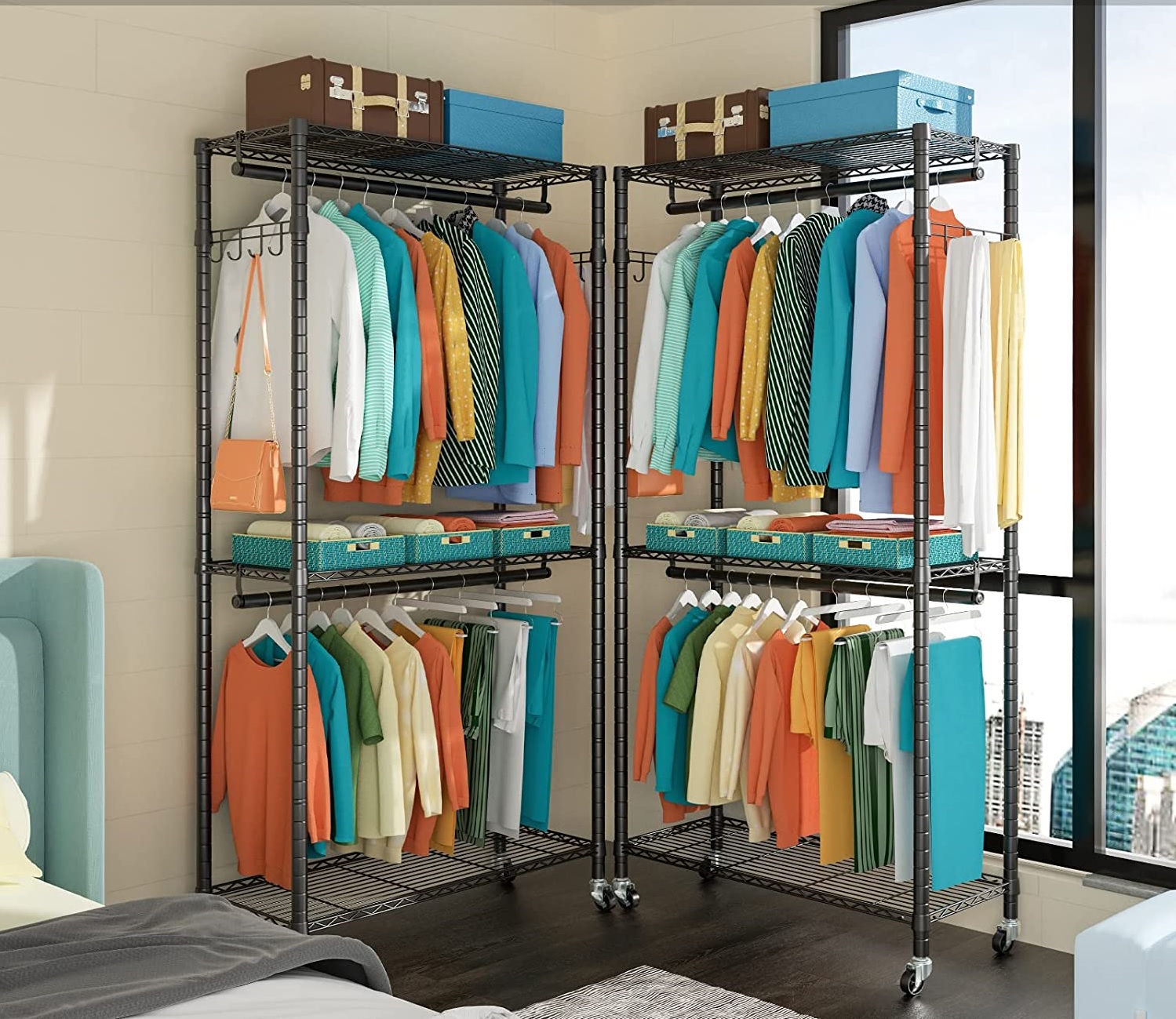
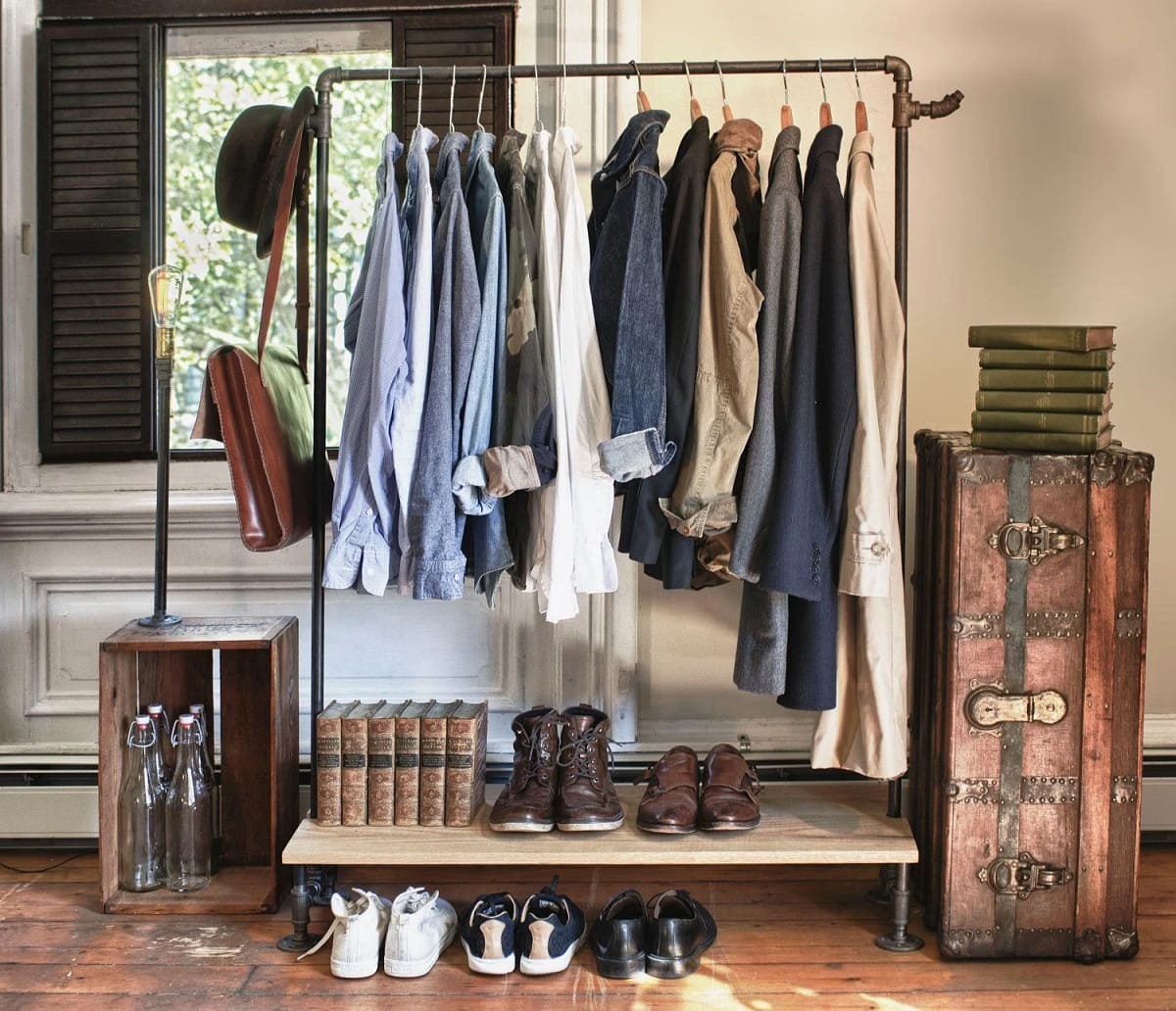
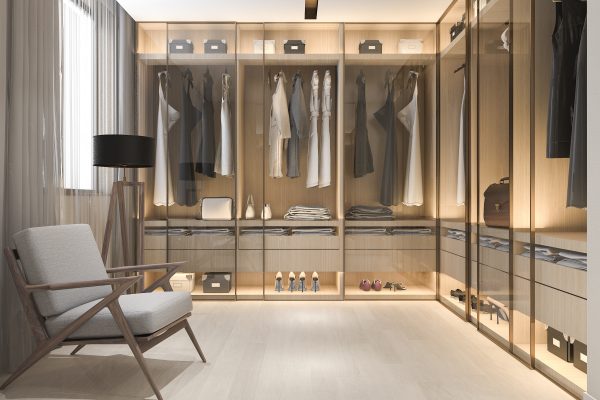
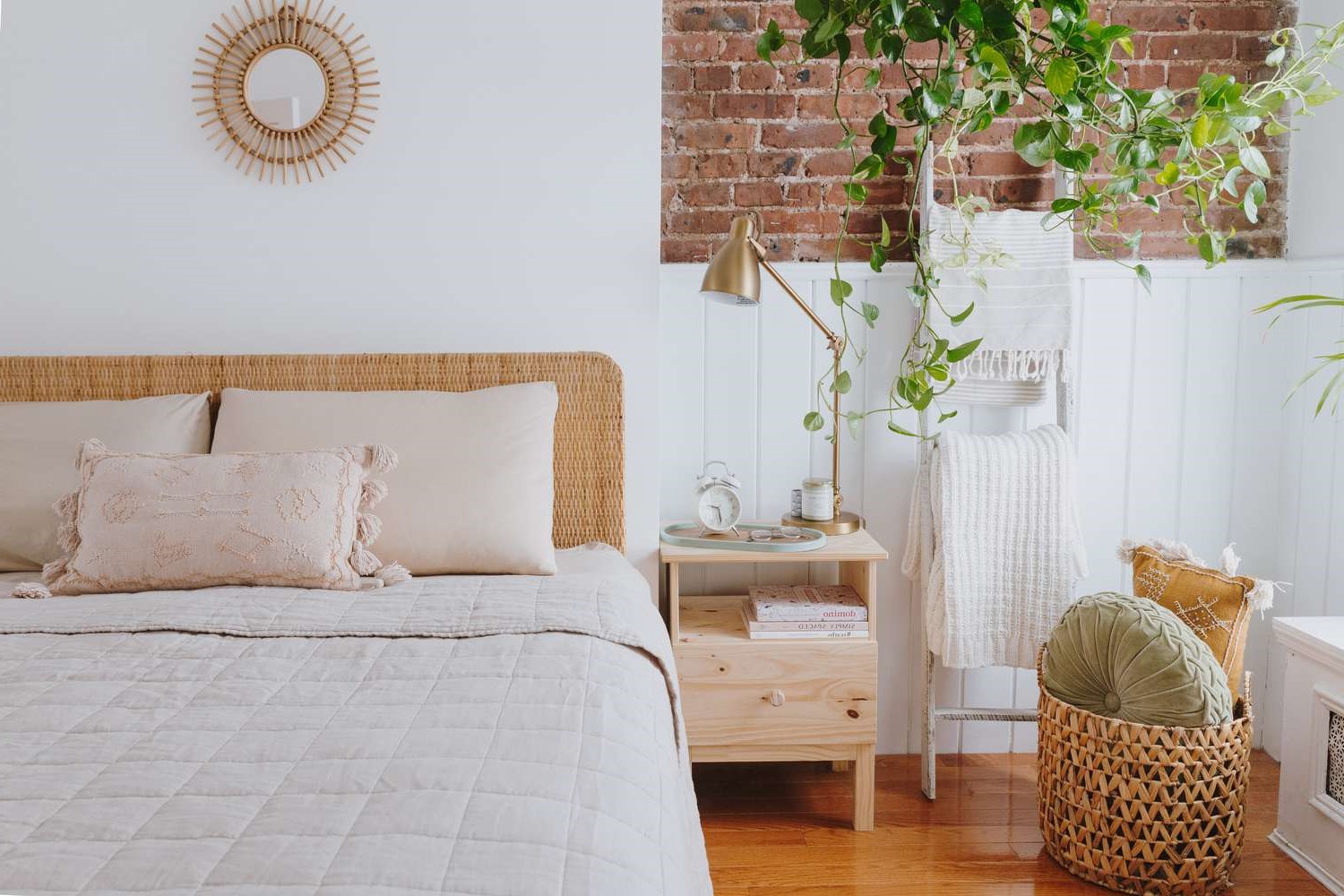
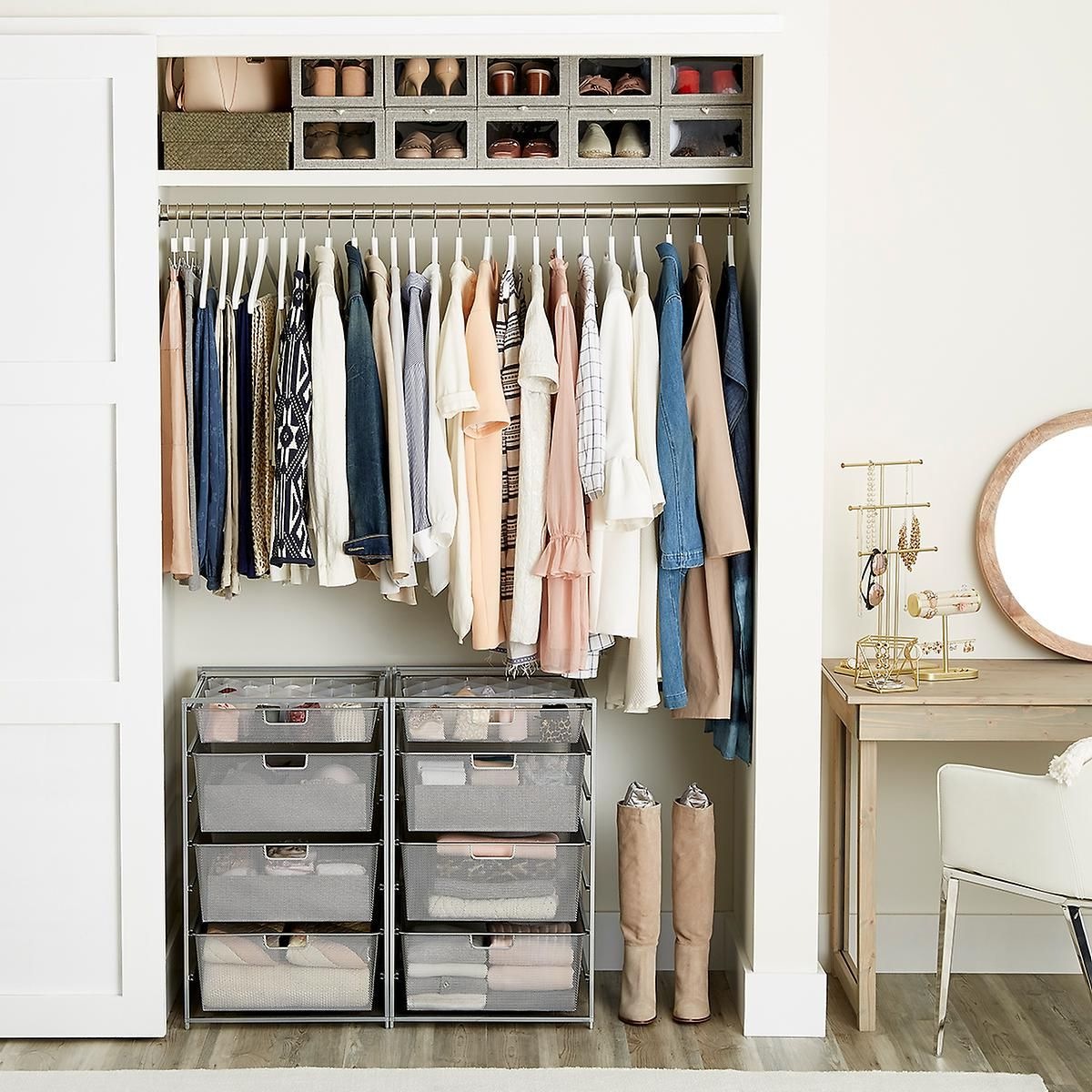
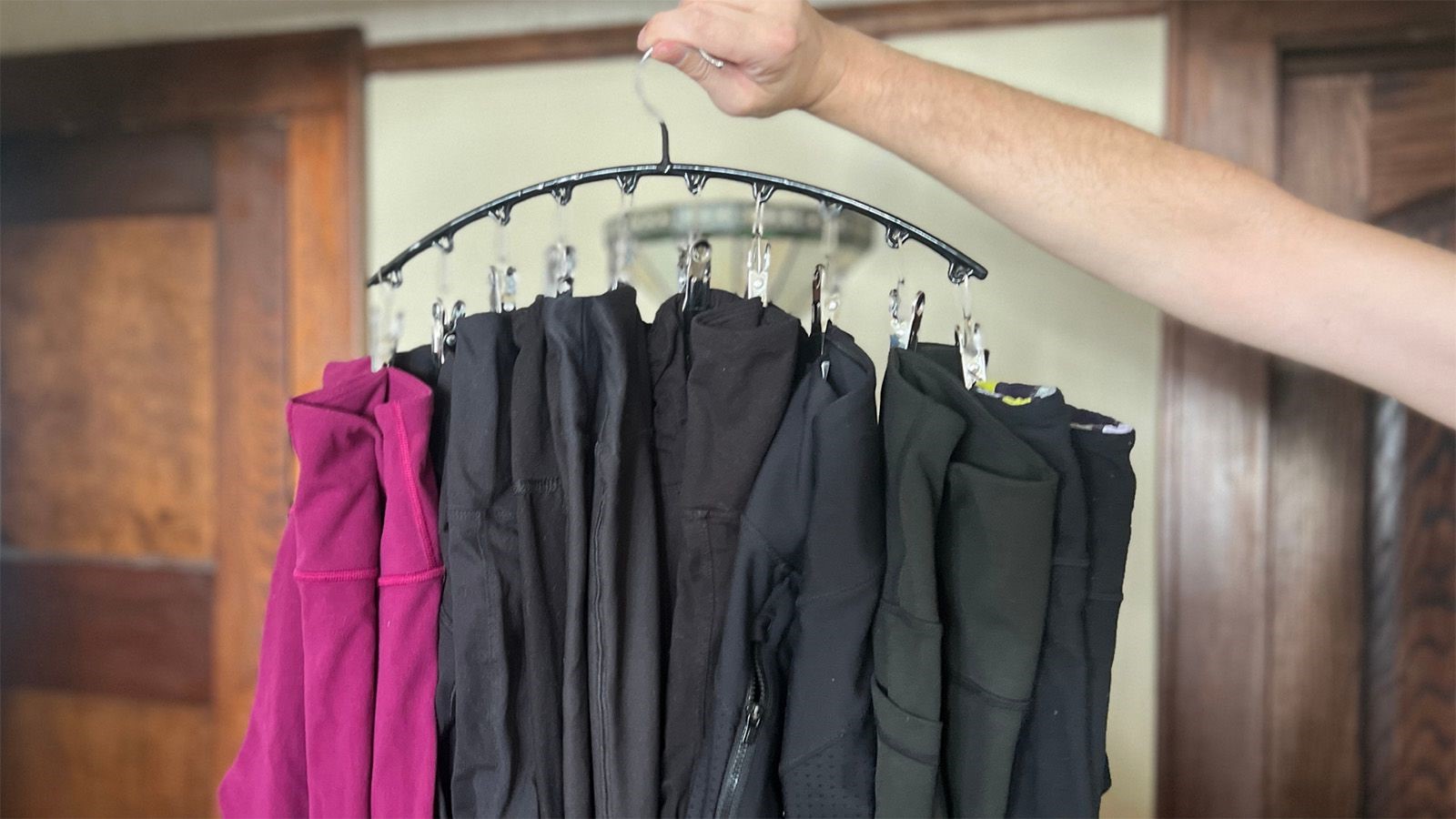

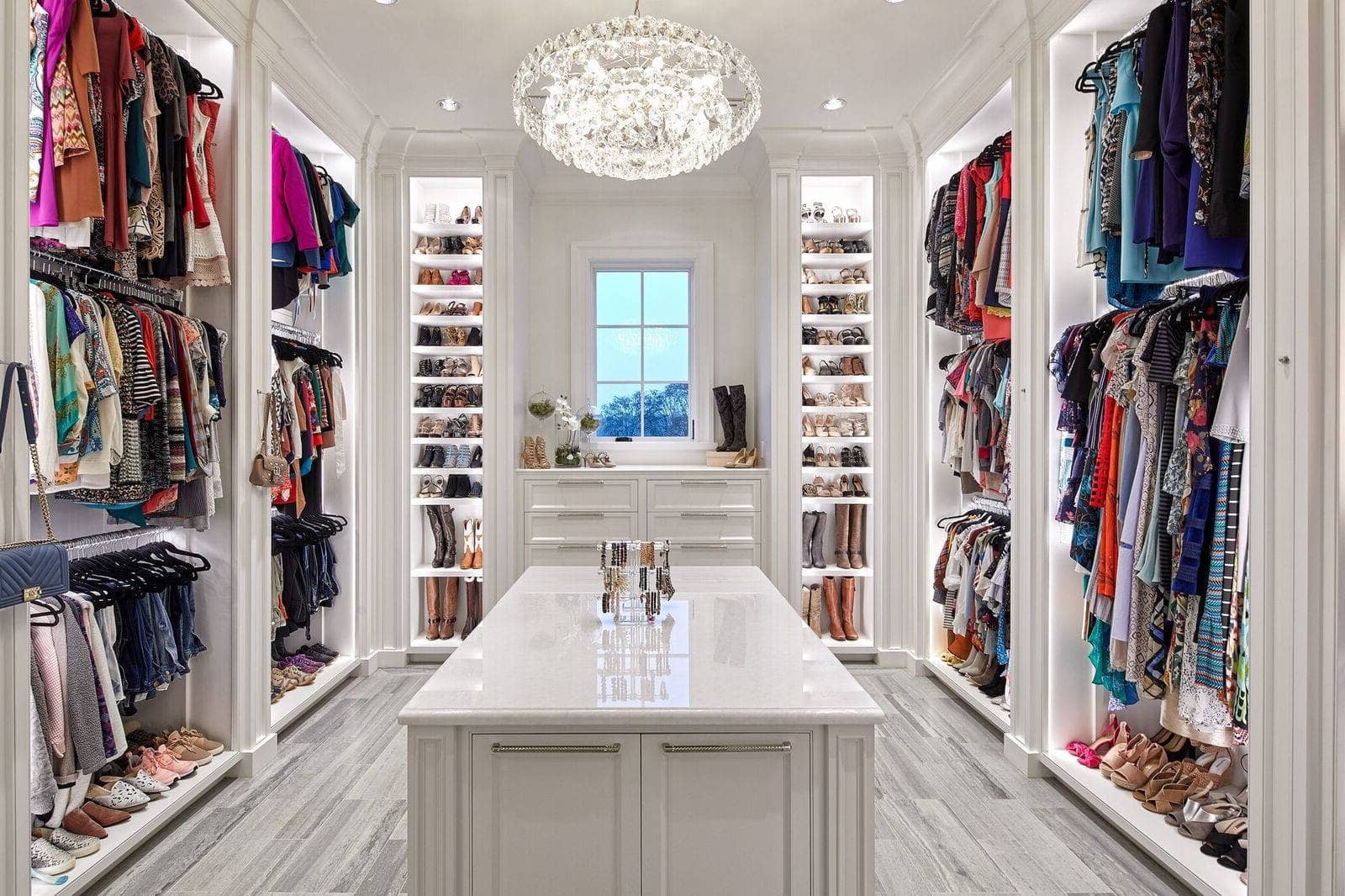
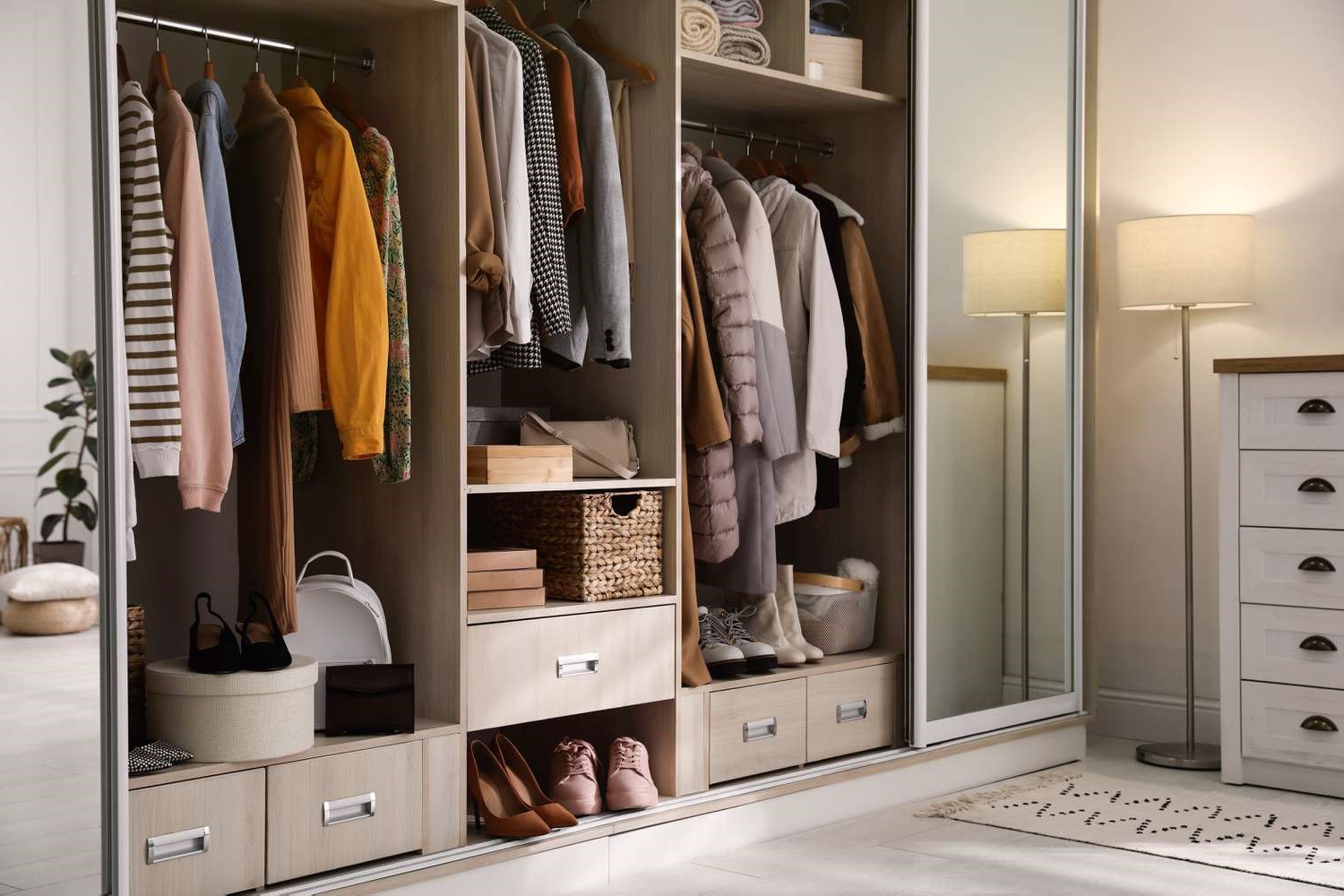
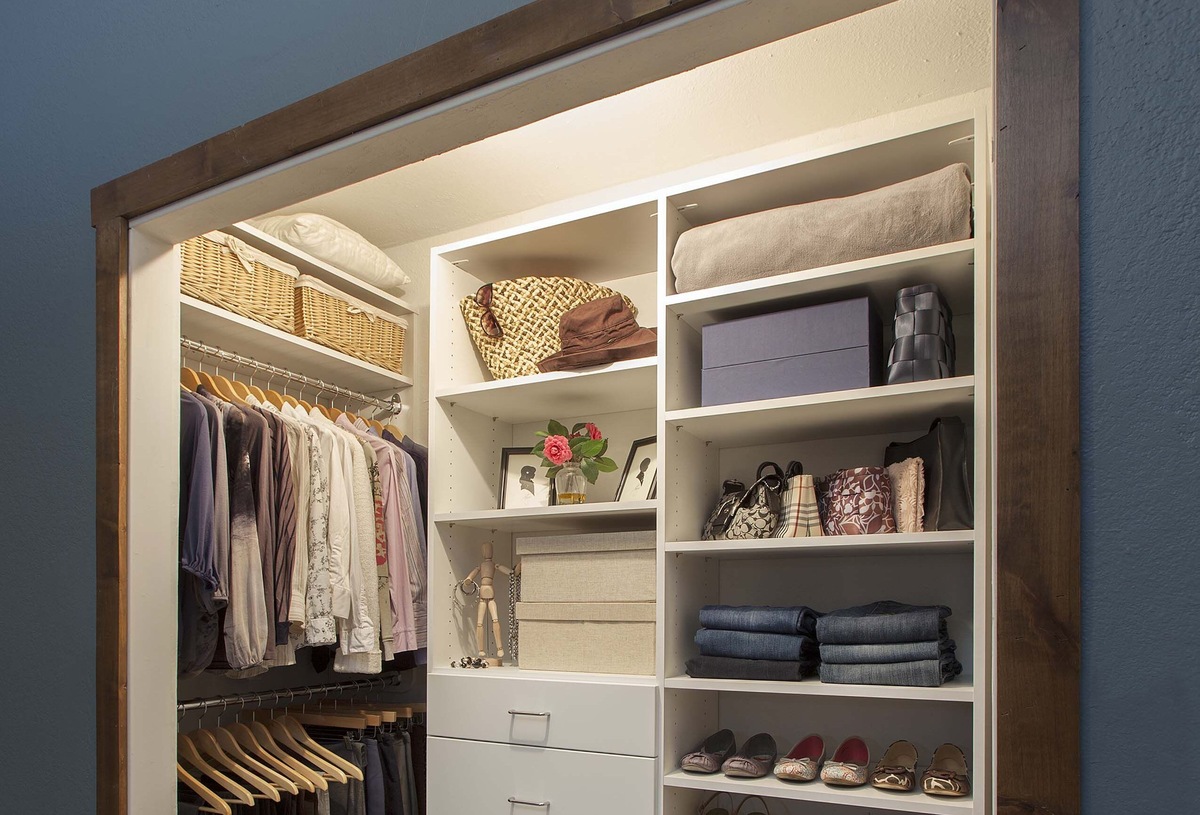
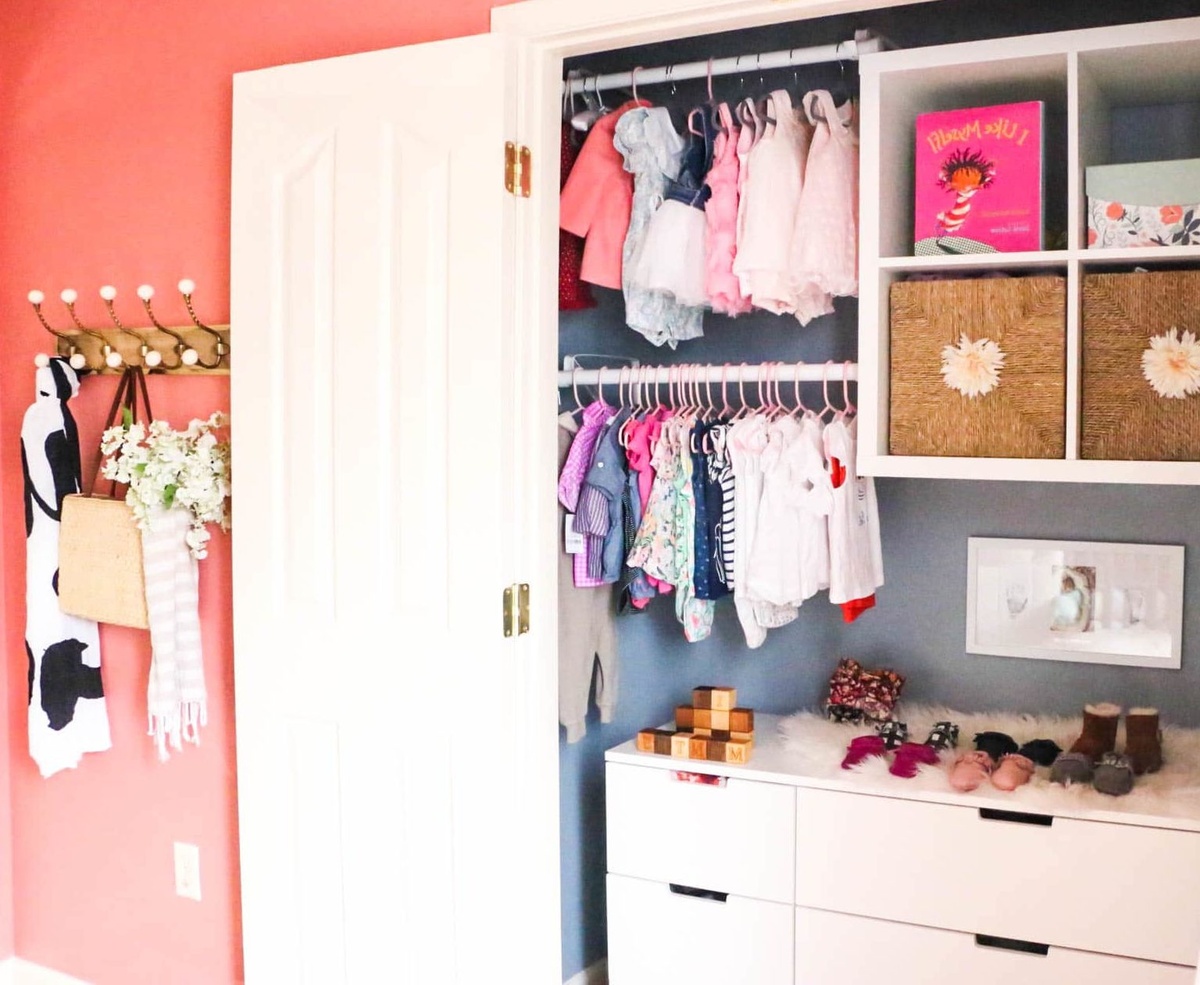

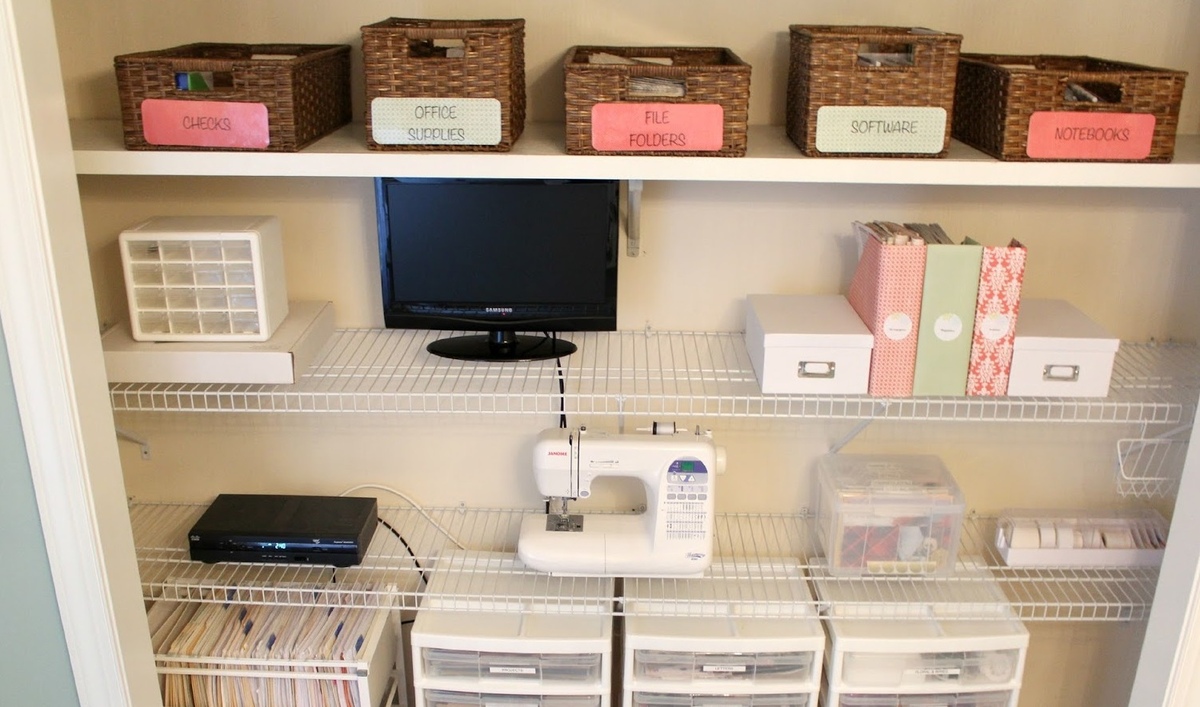
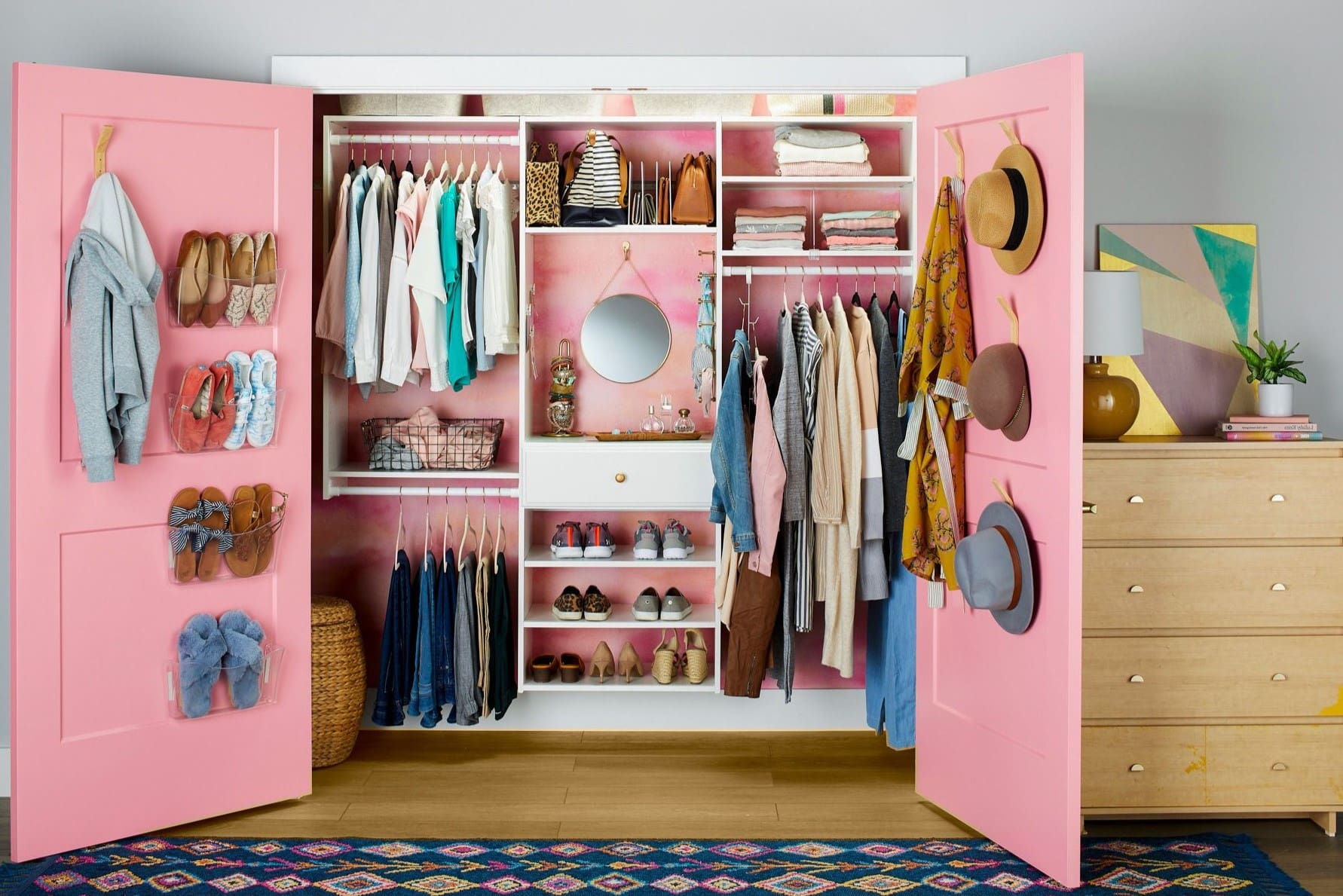

0 thoughts on “How To Organize A Bedroom Closet”